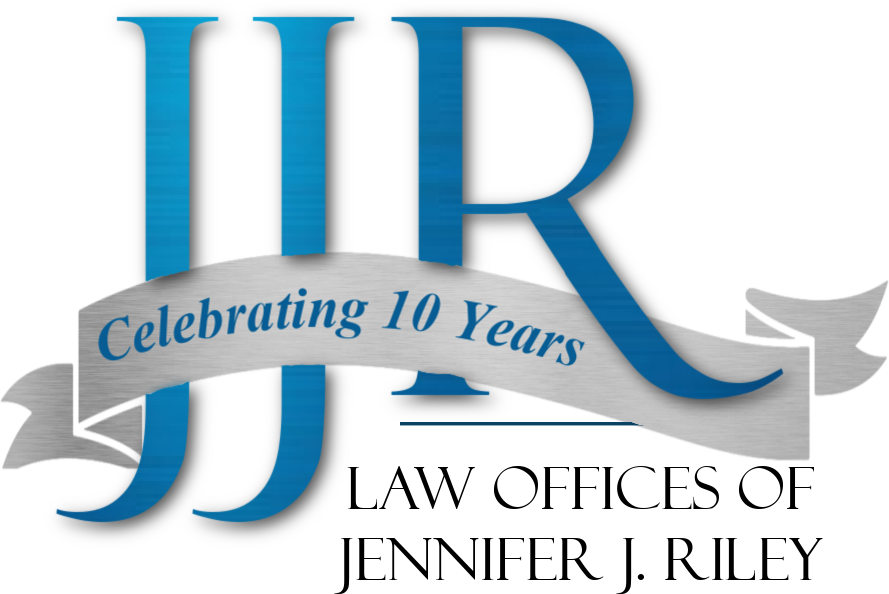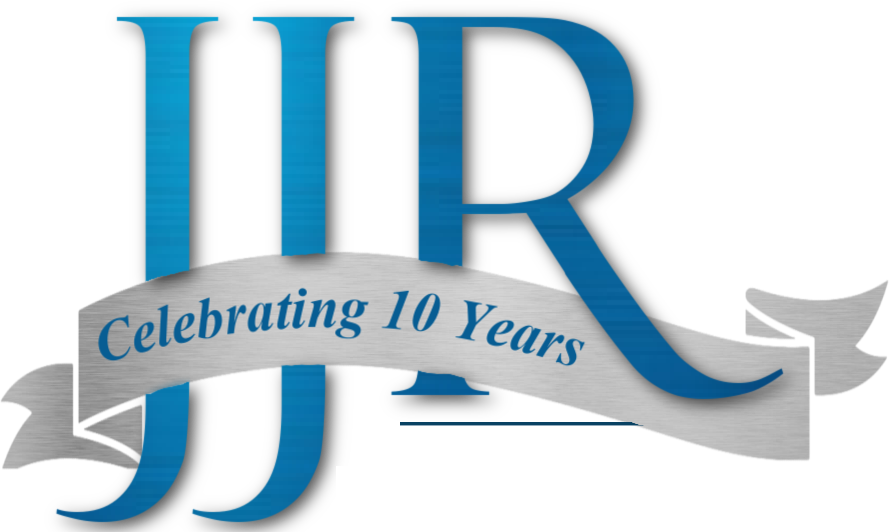The Four Pillars of Mediation
Pilar 1: Your Mediation is Voluntary
Consider this picture of an open door:

Is this open door inviting you to enter the room or to exit it? If this door is your Mediation, then the answer is always both. You and your Mediation partner – indeed, even the Mediator – must always be free to enter the Mediation and to exit it. Mediation is, and must always be, completely VOLUNTARY. For Mediation to work, each person on the journey must always be walking the path by choice.
These choices include:
- The choice to begin your Mediation
- Your choice of Mediator
- The choice to remain in your Mediation
- The choice to agree or disagree with any proposals made during your Mediation
- The choice to end your Mediation at any time, for any reason, or for no reason at all
The fact that Mediation is always voluntary – for everyone at the table – is why such a high percentage of Mediation succeed. Success is the most likely outcome when the only people walking the path are those who are freely choosing to walk it together.
People who remain on the path together by choice are not a random group of people! They are only those who are brave and determined enough to proclaim to themselves and to the others on their journey:
“I have a choice and I am choosing to walk with you.”Pillar 2: Your Mediation is Confidential
The Second Pillar of Mediation is that your Mediation is CONFIDENTIAL.
For the most part, this means that means that “what happens in Mediation stays in Mediation.” It means that (with a few exceptions) your Mediator will not disclose what you discuss during Mediation, and Courts will not allow the parties to use information, documents, proposals, and statements they exchanged during Mediation as evidence by either party against the other in any subsequent litigation.
The Pillar of Confidentiality ensures that if you start the Mediation process and wind up in court later, the peaceful, candid negotiations you engaged in during the Mediation cannot be turned into weapons against you.
The Pillar of Confidentiality ensures that when you choose Mediation, you are choosing a safe path where you and your partner can both be honest, open, and vulnerable – where you can say things that would be too risky to say if you were engaged in adversarial litigation.
It makes good sense that your Mediation cannot be used as a weapon against you. If that was not true – if what you said during Mediation could be held over your head during subsequent litigation – few, if any, would dare participate in this process. It would be a rickety bridge indeed!
Pillar 3: You BOTH drive the process.
Look at this car that has two steering wheels!

Imagine my joy when I found this image while looking for a way to illustrate the Third Pillar of Mediation. Now imagine you and your spouse/partner are in these drivers’ seats. How different would this be than being in the back seat of a regular car, with your spouse/partner next to you, and the Court sitting up front at the wheel.
When you choose Mediation, you and your partner should always be driving the car and your Mediator should remain in the back seat, guiding you and helping you, but never taking the wheel. As the drivers, you two will choose:
- The stops you will make along the way (the issues you will attempt to resolve)
- Your destination (the terms of your final agreement)
- Your speed (how long your Mediation process takes)
- When to stop, pull over, take a break (the pace of your Mediation process)
You two will always be in control of the process, but you will also have help along the way. You can think of your Mediator as your driving instructor and co-navigator – an experienced driver and guide who will help you stay on the path and drive safely. If necessary, your Mediator might ask you to pull over or might redirect you.
Having a skillful Mediator in the back seat is extremely important. A party-driven process is empowering and inspiring but can also be scary and challenging. It can be daunting to be the ones having to make all the decisions. Many people wonder:
“Are we even capable of driving this car? If we couldn't make our marriage work, how could we possibly make our Mediation work?”These are very normal fears. And it is why Mediation is a guided path home. It’s why you choose to walk this path together and with help, not alone.
It is also important to remember that while everyone’s Mediation is unique, the process of Mediation has been around for a VERY long time. Millions of people have danced this dance before you, and you will benefit from their experiences and mistakes. Your Mediator will bring experience, training, and education to the table. You will never be alone.
Pillar Four: Your Mediator is Neutral
The Fourth Pillar of Mediation is that your Mediator is NEUTRAL. The Mediator’s neutrality is an absolute cornerstone of the Mediation process; it is built into the very roots of the word “Mediator.” It is very important to understand what it means to be NEUTRAL, and what it does not mean.
Many people think “Neutral” means that the Mediator does not care about either party or about whether they reach an agreement. This is incorrect. I assure you, as a Mediator, I care a lot about the people who choose me as their guide, and I care deeply that they succeed in blazing their peaceful path home. It matters a lot to me that their path empowers them to make decisions for themselves, and that they base those decisions on what matters most to them – their Interests.
I do this work because I care. And yet, I am Neutral. What that means is that I do not have a finger on the scale. I am not advocating for or representing either party in this process. I am not nudging either of them to take my path instead of theirs. I do not tell them what to do, or what I think is best for them. I do not advise or coax them.
Neutral means I stand solidly on the ground next to and behind the parties as a Facilitator, not over or in front of them as a judge, jury or decisionmaker.
Look at these two pictures:


In the picture on the left, you see two people walking toward each other and toward an abyss that is spanned by a steady hand. The hand is there to provide a safe path. It is not tilted in any direction. It won’t let either person fall if they choose to stand on it. The hand is the neutral Mediator, enabling both people to walk with autonomy towards their destination.
The picture on the right also offers a different illustration of the Neutral Mediator. In this picture, you cannot see the Mediator at all. All we see are two people working together to build a bridge they can both safely use. Now imagine there is someone off to the side – outside of the picture – guiding them as needed, helping them see the big picture and coaching them through their problem-solving process without ever lifting the stones for them.
The Neutral Mediator might be invisible but is neither indifferent nor absent. The Neutral Mediator is never the focus of the process – never the star of the show.
As a Neutral Mediator, I understand and embrace the fact that your Mediation is YOURS, not mine. It is about YOU, not me. As one of my Mediator Mentors once told me,
“The greatest Mediations are the ones in which the parties can hardly remember what the Mediator ever said or did!”

